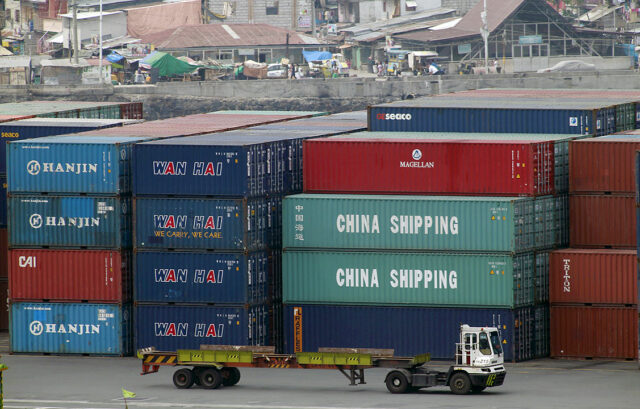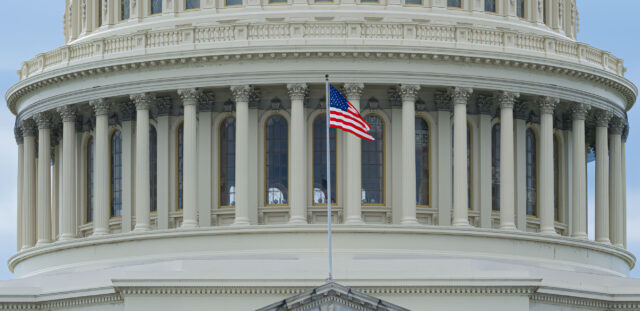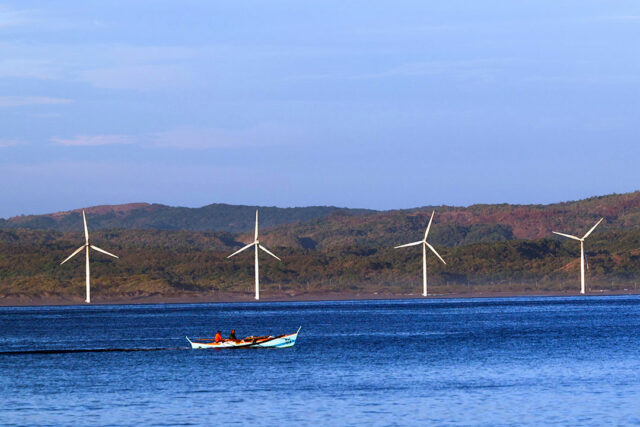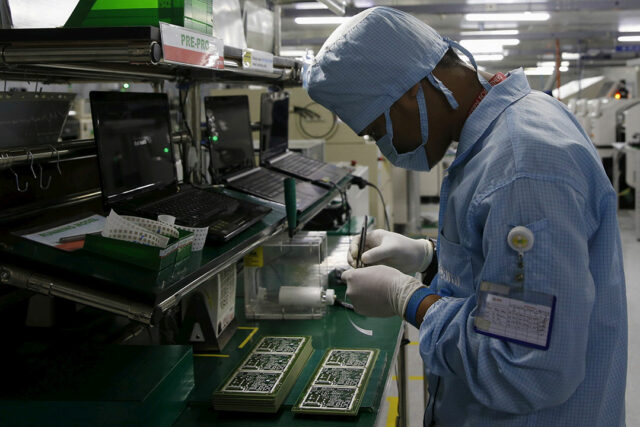Hit by Trump tariffs, rest of world races to forge new trade alliances

BRUSSELS — US President Donald Trump’s import tariffs have breathed life into dormant free trade talks across the globe and driven alliances at an unrivalled pace between partners seeking to offset lost exports to the United States.
Since Trump’s re-election last November, the European Union has struck three free trade agreements – with South American bloc Mercosur, Mexico and Indonesia – and has its sights on a fourth, with India, by the end of this year.
The EU is not alone. Mercosur has sealed a free trade deal with the four-nation European Free Trade Area and relaunched negotiations with Canada that were stalled in 2021.
India and New Zealand revived talks after a decade-long hiatus, while the United Arab Emirates signed three trade agreements in a single day in January.
Brussels has been clear it sees new alliances as part of its response to “unjustified” US tariffs of broadly 15% on EU goods and to Chinese oversupply and export restrictions on critical mineral the EU needs for its green transition.
COUNTRIES LOOKING BEYOND THE US
The new trade pacts may not fully compensate for losses in commerce with a more protectionist America – time will tell – but rival economies have been spurred into action nonetheless.
EU trade chief Maros Sefcovic told lawmakers last month in a debate about the one-sided EU-US tariff deal struck at the end of July that the United States, which represented 17% of EU trade last year, was “not the only game in town”.
“We also need to take care of the other 83%. That means continuing our efforts to diversify our relations,” he said.
The message has been taken on board by countries previously reluctant to open their markets, including India and France, whose opposition to the EU-Mercosur deal seems to have softened.
The trend has also been welcomed by World Trade Organization Director-General Ngozi Okonjo-Iweala, as long as the agreements concur with WTO rules.
“Members negotiating more agreements with each other, that helps to diversify trade, it supports the WTO. It’s not in competition because most of these agreements are built on our platform,” she said last month.
SHORT-TERM IMPACT OF DEALS LIMITED
But will new alliances offset US tariffs?
In the short-term, no. The impact of US tariffs is immediate, while the benefits of new trade agreements are years away, because of potentially lengthy approval processes and tariff cuts that are often staged over five to 10 years.
Investment to take advantage of those benefits could kick in sooner though.
Longer term, it is unclear. New trade deals will eke out decimal points of economic growth, while EU exports to the United States and China, where demand for EU goods has slumped, make up roughly 4% of EU GDP. But not all of that will be lost.
Niclas Poitiers, research fellow at the Bruegel think tank, says average estimates for the Trump tariff impact on EU exports imply a 0.2-0.3% decline of GDP for the bloc, though the impact of uncertainty on corporate investment may be less benign.
Poitiers said trade agreements have political value too by offering stable relations at a time when the United States is undermining the global economic order and pushing through deals that are not compliant with World Trade Organization rules.
“It’s about making sure that your trading relationships are not just reliant on international rules, which are much less firm these days, but are also bound by a bilateral treaty,” he said.
What may emerge is a network of deals underpinning the multilateral system, but excluding the United States and to some extent China.
Sabine Weyand, director-general of the EU executive’s trade division, told a European Parliament hearing last week that the EU was presenting itself as “the reliable trading partner for the rest of the world”.
Sander Tordoir, chief economist at the Centre for European Reform, said Europe could lead a ‘rest of the band’ group, but noted that it and others such as Japan ran trade surpluses and so needed buyers, not more sellers.
“The challenge is enormous,” he said. “The US has long constituted about 50% of global trade deficits, acting as a key source of incremental demand for global exports.”
So the band would have to find ways to create demand for each other’s exports while pushing back against Chinese overcapacity.
For the European Union, the rest of the world would be too small and the only economy big enough to offset the United States and China was its own.
“Europe will need to stoke internal demand or face stagnation,” Tordoir said. — Reuters












